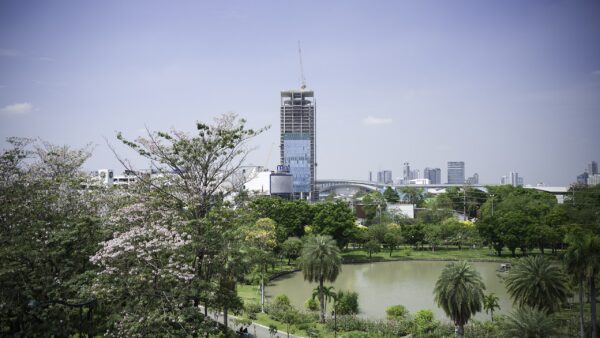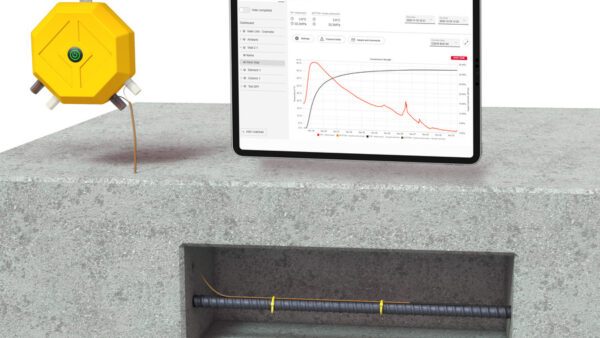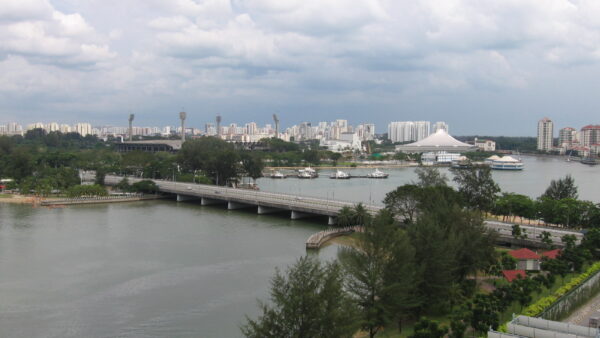The government has given councils in England the power to strip high-rise residential buildings of their aluminium-composite material (ACM) cladding, and to charge the cost to their private sector owners.
ACM cladding is the kind that is thought to have led to the rapid spread of the fire in London’s Grenfell Tower on 14 June 2017.
The announcement was made yesterday by James Brokenshire, the secretary of state for housing, communities and local government.
He said in a written statement to parliament that the government would be “writing to local authorities with buildings where the owner refuses to remediate unsafe ACM cladding, to offer them our full support to take enforcement action.
“This will include financial support where this is necessary for the local authority to carry out emergency remedial work. Where financial support is provided, local authorities will recover the costs from the building owner.”
There are 289 privately owned high-rise residential buildings in England with ACM cladding. Of these, Brokenshire said, only 19 have made “good progress” in changing the cladding. Twenty-one have begun work and a further 98 have announced plans.
The government has now lost patience with the remaining buildings “where owners are not fulfilling their responsibility to remediate unsafe ACM cladding”. Â
In October, the government banned the use of combustible materials in cladding fitted to some types of building higher than 18m.
Image: The Grenfell fire is presently the subject of a public investigation (Natalie Oxford/CC BY 4.0)
Further reading:










